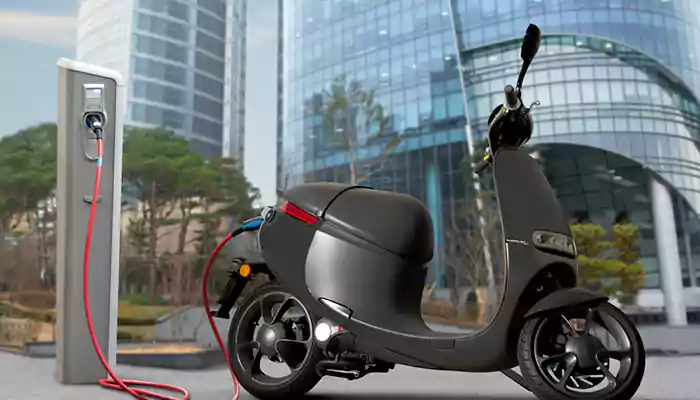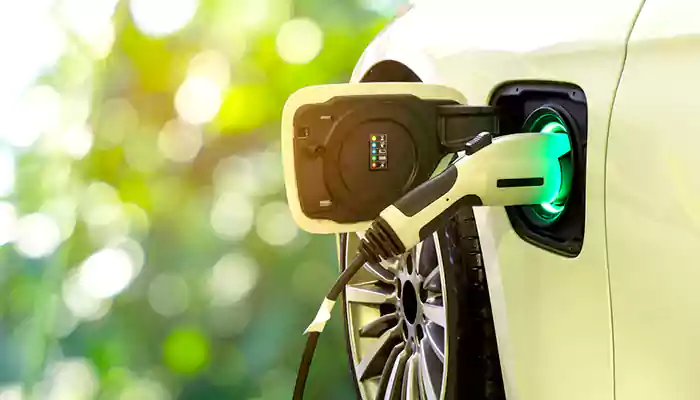From June 1: Revolutionising Driving Tests with New License Rules in India
- Admin
- 1 year ago
- 3 minutes read

Navigating the process of acquiring a driver's license in India involves filling out numerous forms and dealing with multiple authorities, making it a rather cumbersome task. This bureaucratic complexity often opens the door to corrupt practices, undermining road safety across the country.
To address these issues, the Ministry of Road Transport and Highways has implemented significant regulatory changes aimed at streamlining the driver's license acquisition process. These new measures are designed to simplify the procedure, reduce bureaucratic red tape, and enhance overall efficiency, ultimately leading to a more transparent and safer system for obtaining a driver's license in India.
Key Changes in the Rules from June 1
1. Starting June 1, applicants for driving licenses will have the flexibility to choose their preferred testing center instead of being restricted to the regional transport offices (RTOs). This change aims to streamline the process and offer more convenience. The government plans to authorize private entities to conduct these tests by issuing them official certificates, thereby decentralizing the testing process. This move is expected to reduce congestion at RTOs and speed up the overall process, making it easier and more efficient for individuals to obtain their driving licenses.
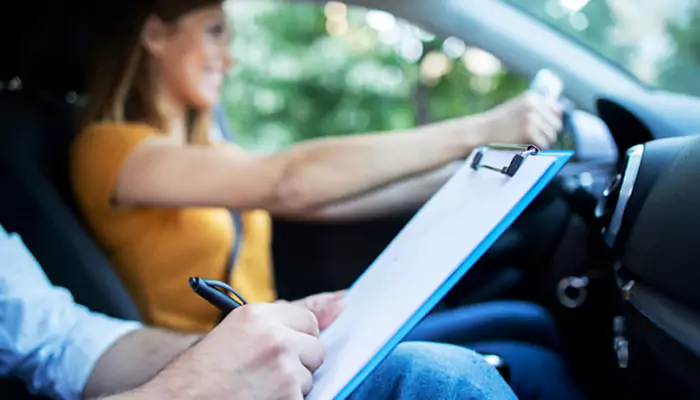
2. Penalties for driving without a valid license have become more severe, with fines now ranging from ₹1,000 to ₹2,000. Furthermore, if a minor is caught driving, their parents will face repercussions, including a hefty fine of ₹25,000. In such cases, the vehicle's registration certificate will also be revoked.
3. The process for obtaining a driver's license has been simplified, with the required documentation now more clearly defined. Applicants will receive prior notification from the ministry detailing the specific documents needed for the type of license they wish to apply for. This change aims to streamline the application process, ensuring that applicants are well-prepared and reducing the likelihood of delays due to missing paperwork. By providing clear guidance, the ministry hopes to make the procedure more efficient and user-friendly, ultimately facilitating a smoother experience for all prospective drivers.
4. The Ministry aims to enhance the environmental sustainability of India's roads by implementing measures to phase out 9,000 older government vehicles and upgrade the emission standards of others. These initiatives are part of a broader strategy to reduce carbon footprints and improve air quality across the country. By retiring outdated vehicles and enforcing stricter emission norms, the government is committed to promoting cleaner transportation and mitigating the impact of vehicular pollution on public health and the environment. These efforts reflect a proactive approach towards sustainable development and underline India's commitment to combatting climate change through targeted policy interventions.
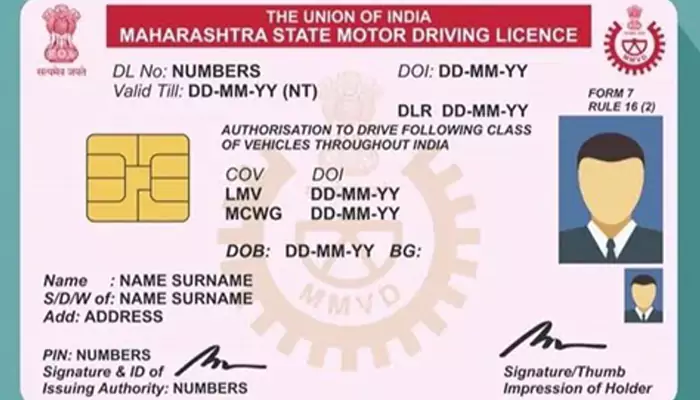
5. Applying for a driver's license remains unchanged. Applicants have the option to submit their applications online through the Ministry of Road Transport and Highways' official website, https://parivahan.gov.in/. Alternatively, they can choose to visit their local Regional Transport Offices (RTOs) and apply manually.
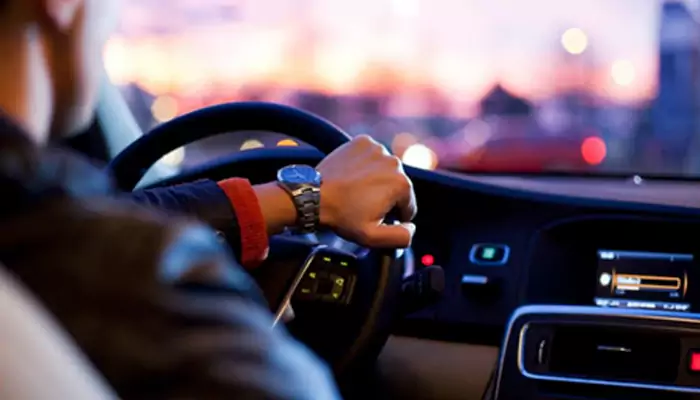
This dual approach ensures convenience for all applicants, accommodating both those comfortable with online processes and those preferring in-person interactions at their nearest RTO.








